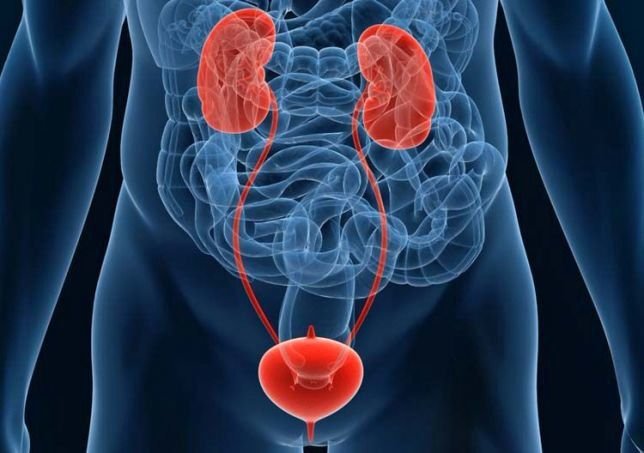
Cystolithotripsy is a surgical procedure used to treat bladder stones, also known as bladder calculi. These stones can form when minerals in concentrated urine crystallize and clump together. Cystolithotripsy is typically performed when the stones are too large to pass naturally or when they cause symptoms such as pain, urinary difficulties, or recurrent urinary tract infections. Before the procedure, the patient may undergo various tests, such as urine tests, blood tests, and imaging studies (like ultrasound or CT scans), to evaluate the size, location, and number of bladder stones. In some cases, antibiotics may be prescribed to prevent infection. Cystolithotripsy is usually performed under general anesthesia, which means the patient is unconscious during the procedure and feels no pain. In some cases, regional or local anesthesia may be used.
After cystolithotripsy, patients are typically monitored in a recovery area for a few hours to ensure there are no immediate complications. Pain medications and antibiotics may be prescribed to manage discomfort and prevent infection. Patients may experience some blood in the urine and urinary frequency or urgency following the procedure, which usually resolves within a few days. Cystolithotripsy is generally considered a safe and effective treatment for bladder stones, with high rates of success and low complication rates when performed by experienced surgeons. However, as with any surgical procedure, there are risks involved, including bleeding, infection, injury to the bladder or urethra, and incomplete stone removal. It's important for patients to discuss the potential benefits and risks of cystolithotripsy with their healthcare provider before undergoing the procedure.